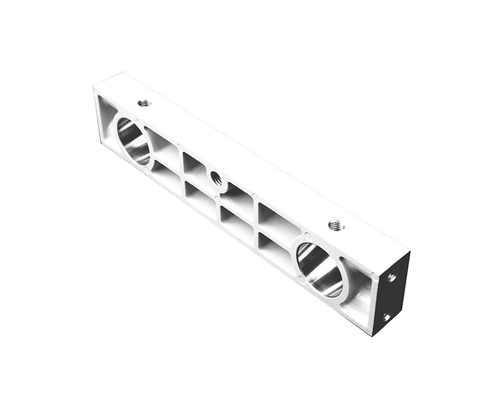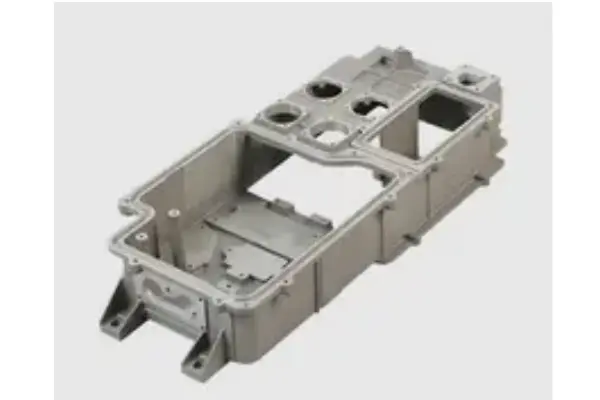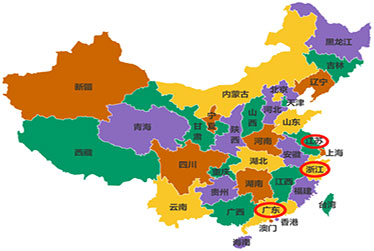

Methods of producing aluminum casting parts should be adapted to the production batch. Casting methods such as low-pressure casting, die-casting, and centrifugal casting are only suitable for mass production because equipment and molds are expensive. The quality of aluminum casting parts directly affect the performance of mechanical products. For example, the wear resistance and size stability of aluminum casting parts used on machine tools directly affect the accuracy and life of the entire machine tool in terms of precision. The dimensional standards, surface roughness, and cavities in the impellers, shells, and hydraulic components of pumps also directly affect the work efficiency between the hydraulic system and the pump, as well as the development of energy consumption and cavitation.
Aluminum casting parts have a wide range of weight and size, ranging from a few grams for the lightest to 400 tons for the heaviest. The thinnest wall thickness is only 0.5 millimeters, and the thickest is no more than one meter. The length ranges from a few millimeters to tens of meters. Therefore, aluminum casting parts can meet the usage requirements of various industrial sectors. Throughout the casting production process, strict inspection and control of the quality of aluminum casting parts must be carried out. We must start with the raw materials and auxiliary materials used in manufacturing, and implement different control plans and technical conditions for different products.
High-voltage and high-current density impact method. In the early stage of anodizing, high voltage and large current impact is used to connect smaller "islands" previously separated by impurities into pieces through the impact of large currents. The specific process of die casting molds is as follows: the voltage is adjusted to about 30V in the early stage of anodizing, and the current density is about 2-2.5A/dm2 at this time. After 3-5 minutes, it is returned to normal anodizing voltage. The anodizing lasts for 50 minutes and is then thoroughly cleaned before staining a satisfactory oxide film, and white spots disappear. Casting surface polishing method. Polishing can fill the pores of the castings with aluminum powder, acting as bridges to connect the block "islands" that are isolated by impurities.
Casting surface shot blasting method. In the shot blasting method, a round-headed hammer is used to strike the casting surface. The original intention was to close the gaps that block the "islands" by impact, achieving the goal of connecting them in pieces. The result was significant. Later, considering that the efficiency of shot blasting can be greatly improved, the effect after anodizing and staining is better than the above two methods. Aluminum casting parts have gray, light yellow, gray-white, or gray-black fracture surfaces in as-cast state, cloud-like or filamentous on X-ray films, and shrinkage defects can be found by X-ray, low-magnification fracture, and other fluorescent inspection methods.
The casting methods for aluminum casting parts commonly used are resin sand casting and lost foam casting, followed by special casting methods like metal mold casting, investment casting, and gypsum mold casting. And sand casting can be divided into clay sand casting, organic bonding agent sand casting, resin self-hardening sand casting, and lost foam casting, etc. When the wet type cannot meet the requirements, consider using clay sand surface dry sand, dry sand or other sand types. The weight of castings produced by clay wet sand casting can range from a few kilograms to tens of kilograms, while the weight of castings produced by clay dry sand can weigh up to tens of tons. Aluminum casting methods should be adapted to the production batch. Casting methods such as low-pressure casting, die-casting, and centrifugal casting are only suitable for mass production because equipment and molds are expensive.


